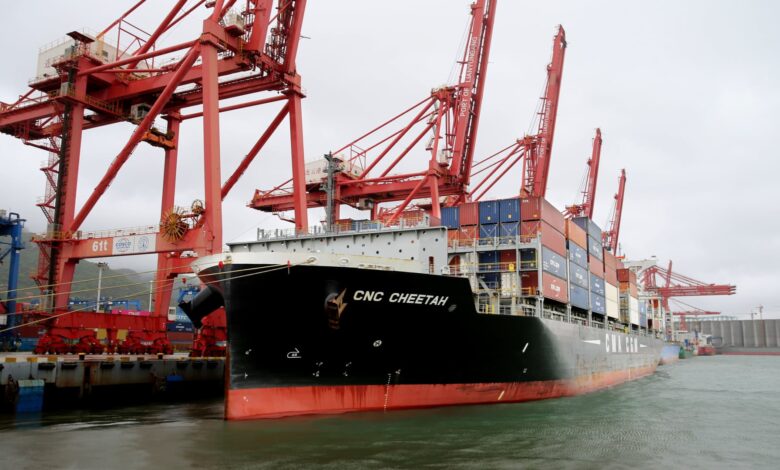After UK, China trade deals, tariff rate still highest since 1934: Yale

The United States continues to maintain a high tariff rate on imports, reaching levels not seen since the 1930s, despite recent trade agreements with China and the United Kingdom. A report from the Yale Budget Lab revealed that the total U.S. average effective tariff rate is currently at 17.8%, the highest since 1934. This rate has increased by 15.4 percentage points from before Trump’s second term.
The current tariff policies are projected to cost the average household around $2,800 in the short run, although the report does not specify a specific time frame for this estimate. Despite the recent trade deals with China and the U.K., the U.S. is still imposing significant tariffs on imports.
In the recent trade agreements, U.S. officials agreed to reduce duties on Chinese imports to 30% from at least 145% for a period of 90 days as both countries engage in further economic discussions. Similarly, China lowered its duties on U.S. exports from 125% to 10%. Additionally, President Trump announced a trade deal with the U.K., maintaining a 10% tariff while reducing tariffs on the first 100,000 imported U.K. automobiles to 10% from 25%.
Prior to these trade agreements, consumers were facing a high average effective tariff rate of 28%, the highest since 1901. The Yale Budget Lab estimated a decline in this rate primarily due to the lower tariffs on Chinese imports. However, the U.S.-U.K. trade deal had minimal effects on the average tariff rates.
Economists suggest that businesses and consumers are likely to adjust their purchasing behavior to avoid the higher costs associated with tariffs, particularly those from China. After factoring in these substitution effects, the average effective tariff rate is estimated to be 16.4%, the highest since 1937. The timing of these shifts in consumer behavior is uncertain, with some changes expected to occur quickly while others may take longer to materialize.
Overall, the U.S. continues to grapple with high tariff rates on imports despite recent trade agreements, and consumers and businesses are likely to adapt their purchasing habits in response to these policies.





